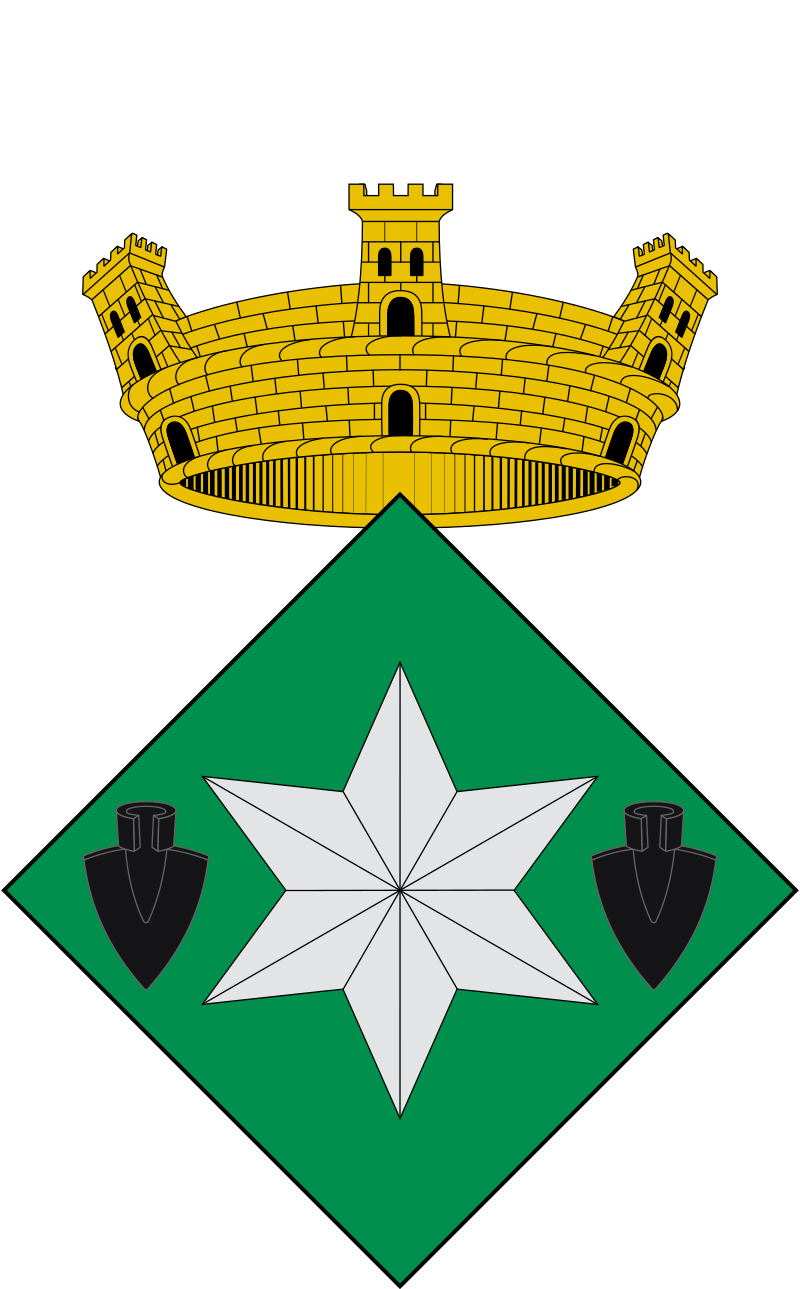Point 11. TYPES OF CONSTRUCTION
The different phases of occupation of El Castellot were determined with greater or lesser accuracy following the methodology of archaeological excavation and exhaustive study and analysis of the materials found and documented.
Thus, in each phase of occupation building techniques were used that were not always the same as those that came before and/or after them. It can therefore be seen how in each historical period (Cerretanian, Ibero-Roman and mediaeval) different techniques were used to build the walls. While they were always constructed using mortar made from earth and rubble, they have distinct features in each period that mean they can be told apart quickly.
– The Cerretanian walls (4th-3rd century BC). These were built on the basis of two faces of medium-sized blocks of limestone, filled inside with a mixture of small stones and earth. The walls of the houses were generally between 75 and 85cm thick, except for partitions, which were only 45cm thick. The fortifying walls, on the other hand, were between 1.5 and 1.7m thick.
– The republican walls (2nd-1st century BC). These used much more flat pieces of slate in their construction. The walls of the houses were between 45 and 60cm thick and built from a mixture of stone blocks and flat stones. However, the fortifying walls, like the towers and the guard house, had two faces built mostly with flat pieces of slate laid horizontally and held together with a mixture of pebbles, flat stones and earth inside. Thicknesses vary between 1.2 and 1.5m.
– The mediaeval walls (10th-12th century). These were built starting with a base of large blocks of stone over which there is opus spicatum on both sides. The latter technique consists of laying blocks of stone on end, slightly sloping, in successive rows. The slope in the stones was alternated in each row in a way that recalls an ear of corn or a fish bone. In this case, medium-sized elongated stone blocks were used, in combination with flat pieces of slate. Inside the wall was also filled with rubble and earth.
Image: Plan of the area with the three structures in different colours
Image: Other Cerretanian walls on the side
Image: Other Republican walls on the side
Image: Other mediaeval walls on the side
